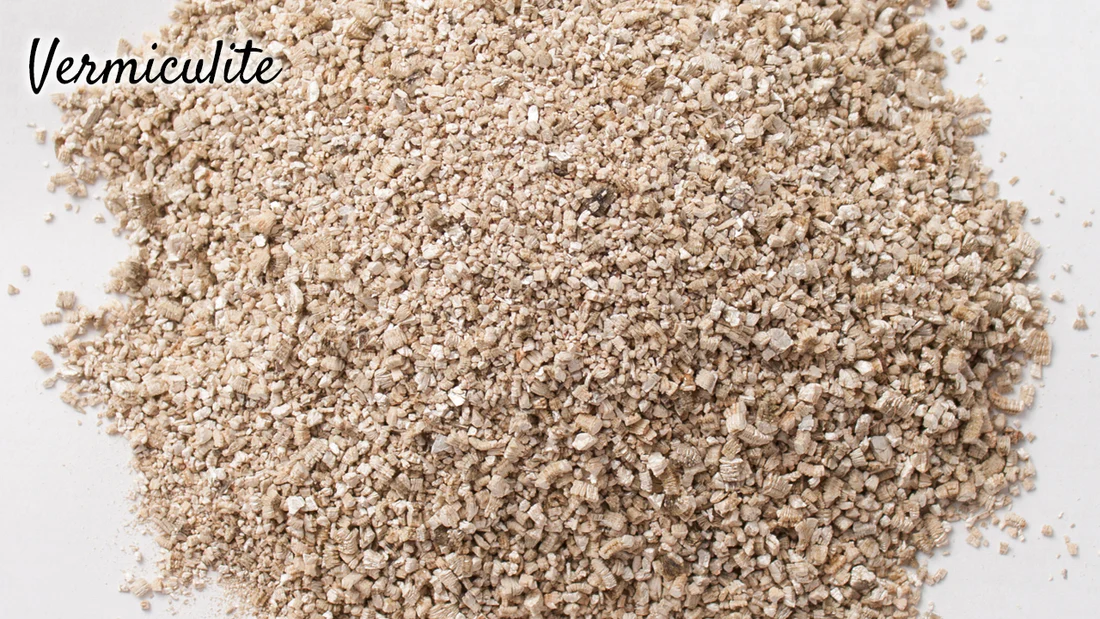12-р сар . 06, 2024 10:04 Back to list
Asbestos Containing Vermiculite Exporters and Their Global Market Impact
Asbestos and Vermiculite Exporters An Overview of Trends and Concerns
The global marketplace is continually evolving, and the trade in various minerals, including asbestos and vermiculite, has come under increasing scrutiny. Understanding the implications of these exports involves delving into the characteristics of the materials themselves, the current state of the industry, and the associated health and environmental concerns.
What is Asbestos and Vermiculite?
Asbestos is a naturally occurring mineral known for its fire-resistant properties and tensile strength. For decades, it was used in construction materials, insulation, and various industrial applications. However, the health risks associated with asbestos exposure, notably its link to lung cancer and mesothelioma, have led to a drastic decline in its use across many countries.
Vermiculite, on the other hand, is a more benign mineral that expands when heated. It is primarily used in horticulture and construction as insulation and a soil amendment. Although vermiculite itself is generally safe, the concern arises from the possibility of asbestos contamination in some sources of vermiculite, particularly the Libby mine in Montana, which contained both vermiculite and asbestos.
Export Trends
The export market for vermiculite has shown resilience, primarily due to its applications in gardening and construction. Countries such as the United States, South Africa, and Brazil are significant producers and exporters of vermiculite. The demand for vermiculite products remains strong, particularly in growing economies where construction and agriculture are on the rise.
Conversely, the export of asbestos has plummeted in many regions due to increasing regulations and bans. Countries like Canada and Australia have officially prohibited asbestos exports in response to health findings. However, nations like Russia and Kazakhstan continue to produce and export large quantities of asbestos, primarily to developing countries where regulations may not be as stringent.
Health and Environmental Concerns
Both asbestos and vermiculite are fraught with health risks, necessitating stringent regulations around their handling and use. As previously mentioned, asbestos exposure has been definitively linked to serious health issues. Even minimal exposure can lead to long-term health problems, mandating careful management practices.
asbestos vermiculite exporters

The amalgamation of the two materials raises unique challenges. For instance, when vermiculite is sourced from locations contaminated with asbestos, the potential for exposure becomes a serious concern. Importers and regulators must ensure that vermiculite products are tested and certified free of asbestos to protect consumers and workers alike.
Regulatory Landscape
The regulatory environment surrounding asbestos and vermiculite exports continues to evolve. In many western nations, the use of asbestos is greatly restricted or outright banned, leading to a paradigm shift in how construction and insulation materials are produced. In contrast, developing nations with less stringent regulations may find themselves targeted markets for asbestos exports, raising ethical concerns about health and safety.
International organizations, such as the World Health Organization (WHO) and the International Agency for Research on Cancer (IARC), have made significant strides in raising awareness about the dangers of asbestos. These organizations advocate for global bans on asbestos use and have called for strict monitoring of exports.
The Future of Asbestos and Vermiculite Exports
The future of asbestos and vermiculite exports is likely to be shaped by ongoing health research, regulatory frameworks, and market demands. As awareness of the health risks associated with asbestos continues to grow, it is probable that exports will decrease further. Additionally, as stricter regulations are adopted globally, the business landscape surrounding these materials will inevitably change.
For vermiculite, the outlook appears more favorable, provided that it is sourced responsibly and free from asbestos contamination. The demand for environmentally friendly and sustainable building materials could propel the vermiculite market forward, especially if producers adopt transparent practices about sourcing and testing.
Conclusion
As the export landscape for asbestos and vermiculite continues to evolve, stakeholders must navigate the intricate balance between market demands and health concerns. Awareness and regulation will be increasingly critical in shaping a future where the benefits of these materials can be harnessed while minimizing the associated health risks. The collective effort of governments, industries, and consumers will play a crucial role in ensuring that both asbestos and vermiculite exports can transition towards safer and healthier practices. Through vigilance and advocacy, a more sustainable trade ecosystem can be achieved.
-
Thermal Insulation Cups Materials Exporters - Quality & Durable Supplies
NewsAug.22,2025
-
High-Purity Graphitized Petroleum Coke & Low Nitrogen Recarburiser
NewsAug.21,2025
-
High-Performance Fe-C Composite Pellets for BOF
NewsAug.19,2025
-
Tundish Dry Vibrator: Enhance Refractory Life & Casting Efficiency
NewsAug.18,2025
-
Building Material for Round Wall Exporters: Quality & Durable
NewsAug.17,2025
-
Low Nitrogen Graphitized Petroleum Coke | High Purity Recarburiser
NewsAug.16,2025
